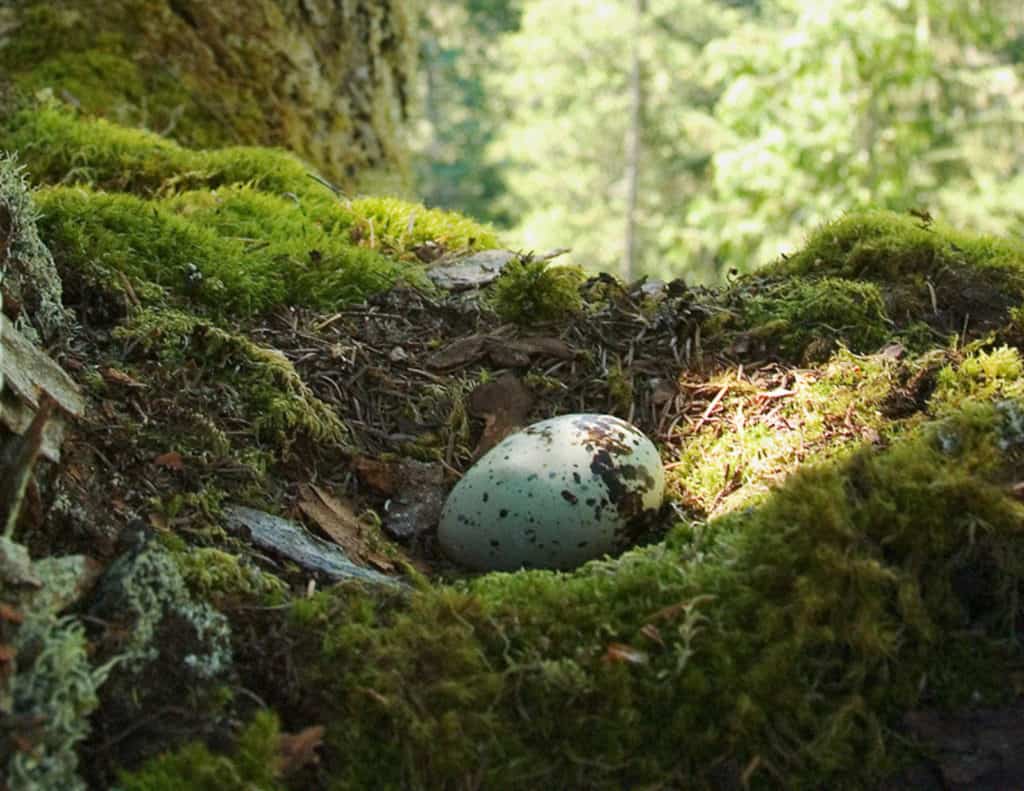
Some interesting wildlife research from New Scientist. The article is about Australia and cane toads, but had some tidbits of interest to us.
Also in 2011, the US Fish & Wildlife Service began a trial involving endangered Mexican wolves, the rarest subspecies of grey wolf in North America. Like lions, these wolves have a taste for livestock that incurs the ire of farmers. This time there was a different problem. “In the captive facility, we were able to generate an aversion for wolves to livestock bait,” says Colby Gardner of the Mexican wolf recovery programme. “But once we let them go, we couldn’t say whether or not they were killing livestock.” Without hard evidence that the experiment was working, the initiative eventually fell by the wayside.
Nevertheless, a recent project leaves no doubt that conditioned taste aversion has great potential in conservation. Researchers in Richard Golightly’s lab at Humboldt State University, California, were looking for a way to stop Steller’s jays eating the eggs of the endangered marbled murrelet. Pia Gabriel had a crazy idea of training the clever corvids to dislike the eggs, says Golightly. “Then we researched it a bit and realised maybe it wasn’t so crazy.”
So they painted small chicken eggs to mimic the green-blue hue of murrelet eggs and injected them with a nausea-inducing chemical. Sure enough, after taking the bait and vomiting, jays learned to avoid the eggs. The team then began scattering fake murrelet eggs throughout California’s Santa Cruz mountains, where the murrelets nest. The results were dramatic. Once aversion kicked in, it seemed to persist – jays even appeared to train their offspring to keep away from murrelet eggs. In 2017, after four years, the project ended because the murrelet population had recovered from near-collapse.
So I looked the murrelets up and found this interesting link about park management and how the park folks worked on messaging to people combined with taste aversion.
At Redwood National and State Parks, adaptive management principles have been utilized to conserve the endangered marbled murrelet, seabirds which nest in old-growth forest. Marbled murrelets spend much of the year feeding in waters along the Pacific northwest coast. Their nesting behavior was essentially unknown until the 1970s when a nest was discovered high in a redwood
tree. It is now known that the majority of California’s marbled murrelets nest within Redwood National and State Parks (RNSP). In general, logging is a major threat to this species. However, protected areas such as RNSP have experienced unexplained marbled murrelet population declines.
Recently, park-permitted research using nest cameras revealed high rates of nest predation by corvids (members of the crow family), primarily Steller’s jays (Cyancitta stelleri; Marzluff and
Erik Neatherlin 2006). In addition, elevated Steller’s jay densities, and subsequent elevated rates of predation on marbled murrelets, were shown to occur near high-use visitor areas (e.g., campgrounds and picnic areas) because of supplemental food supplied by park visitors (Marzluff and Erik Neatherlin 2006). An increasingly intensive corvid management program that uses visitor
education, wildlife-proofing campground infrastructure, and conditioned taste aversion (CTA)has significantly changed over the past seven years, based on feedback from biological and sociological monitoring data as well as numerous targeted scientific studies.
Here’s an Audubon story about the same thing.
I found this article about using aversion with Mexican wolves but don’t know how that turned out. Sounds like perhaps none of the trained wolves were released.